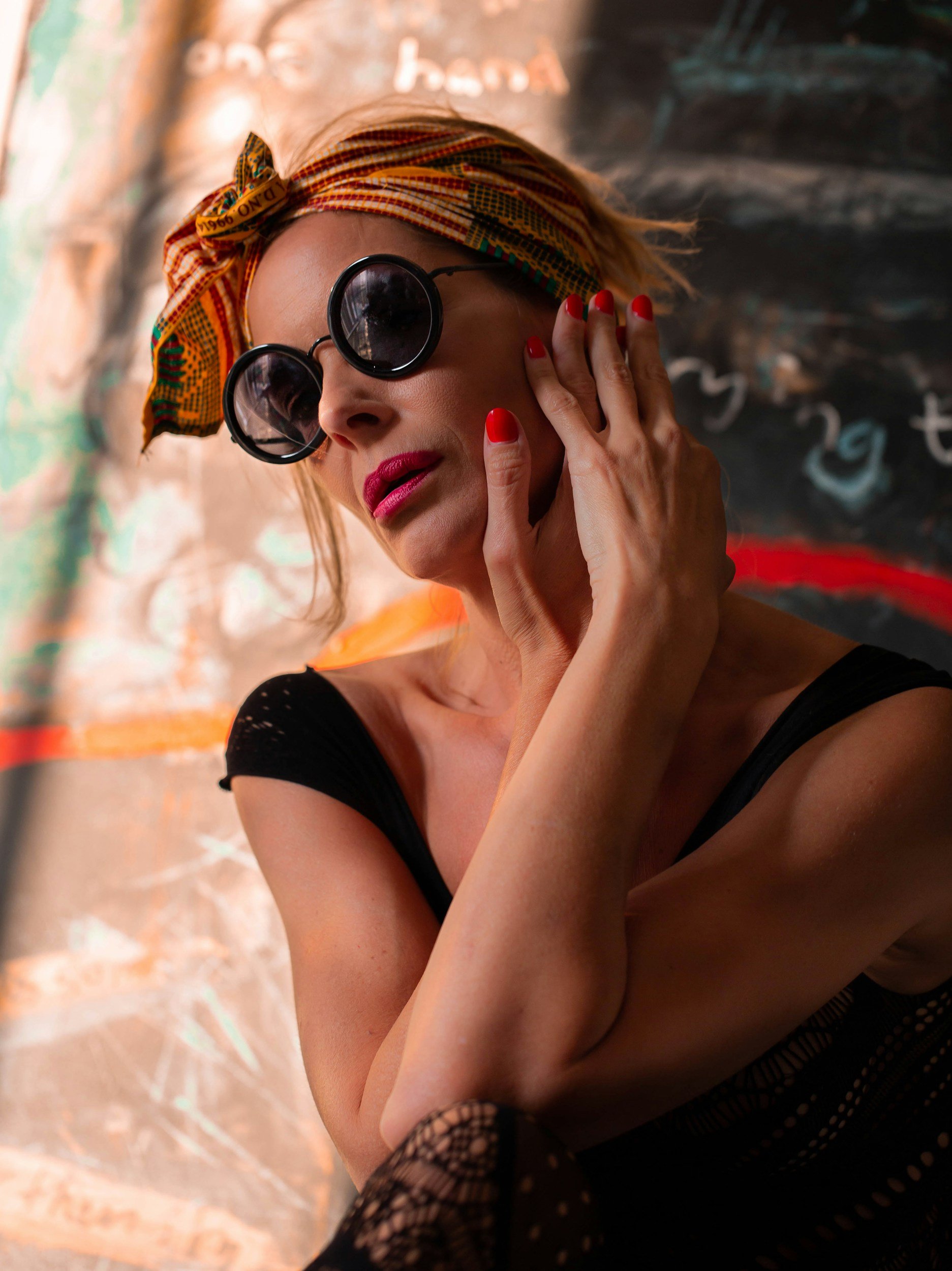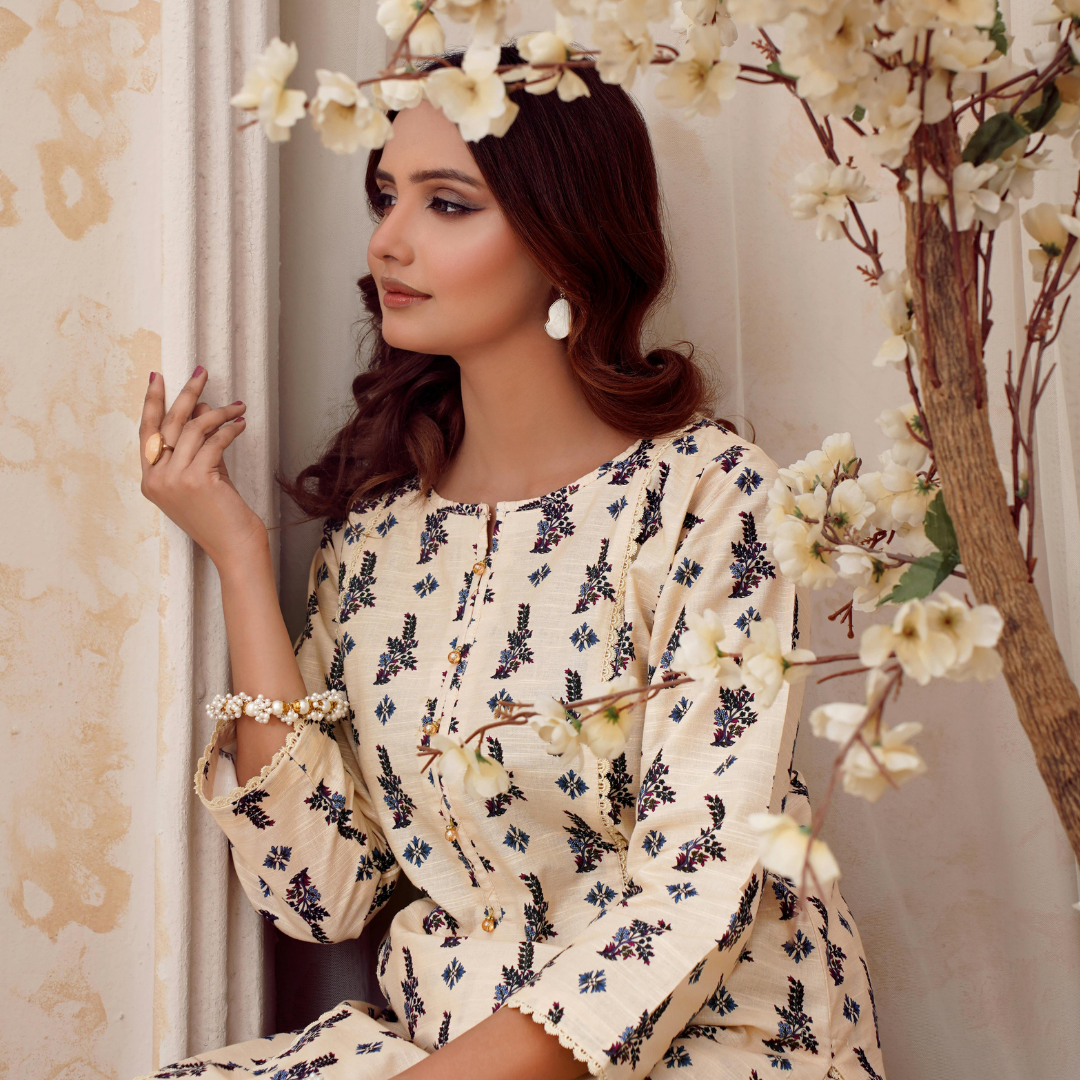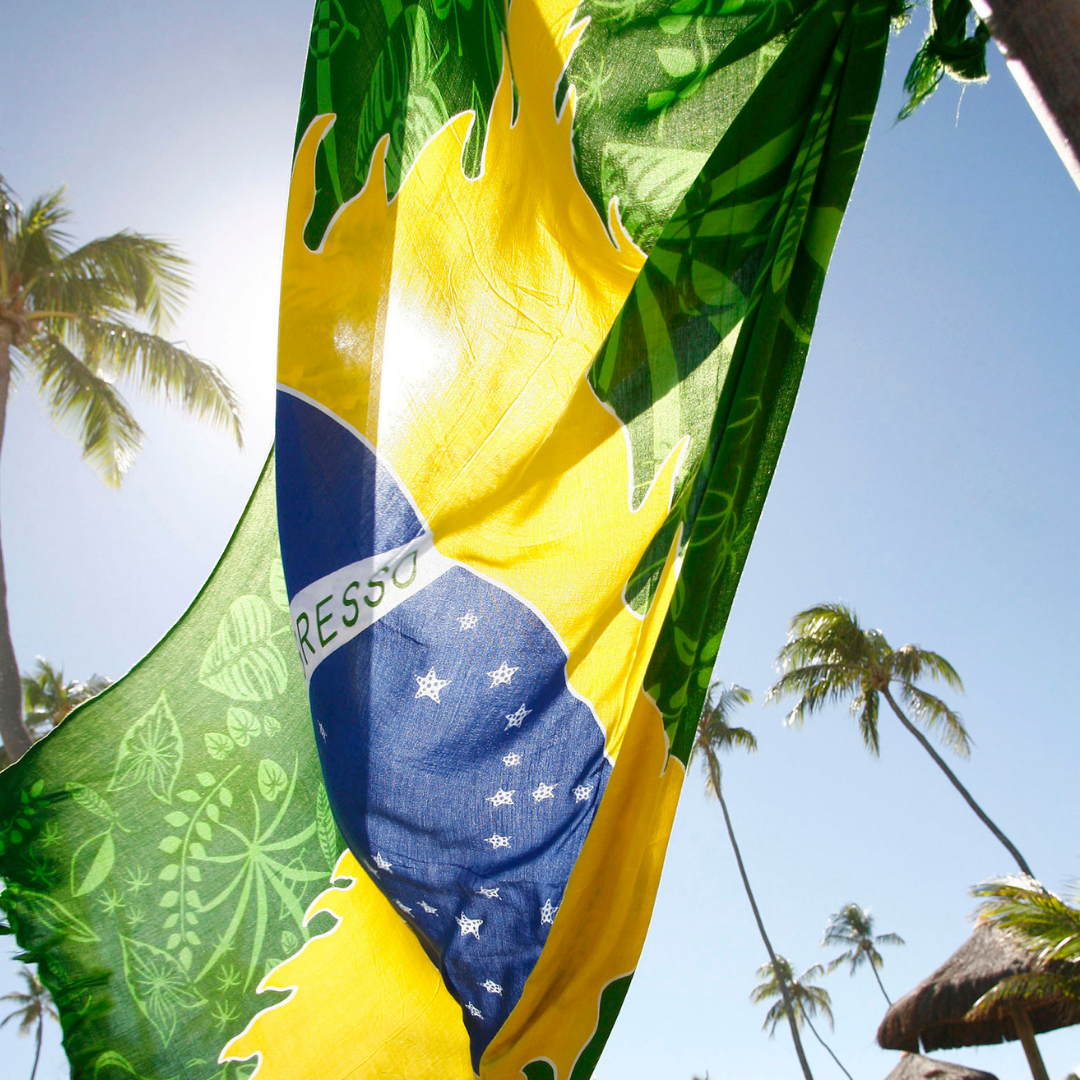Draped in Rhythm: Exploring Brazil’s Fashion as Living Art
Fashion in Brazil is not stitched only into fabric but into rhythm, ancestry, and the layered voices of a nation. To explore Brazilian style is to step into a cultural mosaic where the past speaks through textile traditions, the present dazzles with street style energy, and the future rises in the hands of designers reimagining identity for the world stage. In Brazil, clothing is never silent—it sings, dances, and tells the story of who a people are.
The Threads of History: Weaving Ancestry Into Style
Brazilian fashion has long been shaped by a fusion of influences—Indigenous textile traditions, African heritage brought through the diaspora, and European tailoring and embellishment. Each thread carries a legacy. Indigenous communities crafted garments with natural dyes drawn from the rainforest, often symbolic of seasons, fertility, or spiritual protection. African traditions introduced bold patterns, head wraps, and jewelry infused with meaning, which became woven into Bahia’s cultural dress. Meanwhile, Portuguese colonists contributed lace, embroidery, and European silhouettes that layered into this evolving identity.
The result is not a singular tradition, but a fabric of many voices. From the flowing baianas dresses of Salvador to the handwoven lace of Fortaleza, Brazil’s sartorial history reflects resilience, adaptation, and artistry. Every seam is a dialogue between past and present.
The Beauty of Self-Expression: Fashion as Language
In Brazil, clothing has always been more than material; it is language. It communicates joy, resistance, sensuality, and community. During Carnival, sequins and feathers transform the streets into a living catwalk, each costume narrating a story of ancestry or social commentary. On the beaches of Rio, the iconic bikini becomes a symbol of body confidence and a celebration of individuality. In São Paulo’s bustling avenues, street style merges international trends with bold Brazilian improvisation, proving that identity is never fixed but alive in daily choices.
As designer Ronaldo Fraga once noted, “Fashion is not frivolity. It is identity.” Brazilian style, in all its diversity, invites each person to claim visibility and presence to wear their history while creating new stories.
The Role of Accessories: Symbols in Motion
Accessories in Brazil carry profound meaning. The vibrant beadwork of Candomblé reflects devotion and spiritual lineage. Gold jewelry, often inherited, connects families across generations. Even the simple flip-flop, or Havaianas, has evolved into an icon of accessibility and effortless style, worn in both humble neighborhoods and on international runways.
Shoes, jewelry, headwraps, and bags are not afterthoughts but carriers of symbolism. They complete the ensemble, balancing practicality with beauty, and transforming garments into personal testimony. To accessorize in Brazil is to adorn oneself with heritage and imagination.
From Tradition to Trend: Brazil’s Global Fashion Influence
Brazilian fashion has extended beyond its borders, influencing global aesthetics. Swimwear innovations, particularly the cut and confidence of the Brazilian bikini, reshaped international beach culture. Designers like Oskar Metsavaht of Osklen elevated sustainable fashion, drawing from Brazil’s landscapes to redefine luxury as ecological consciousness. Supermodels such as Gisele Bündchen and Adriana Lima carried Brazilian aesthetics to the world stage, while newer designers like Lenny Niemeyer reinterpret beachwear as elegant resort artistry.
Today, Brazilian creativity continues to influence the global stage not as imitation but as leadership rooted in a philosophy where fashion is ecological, expressive, and inseparable from cultural memory
Clothing as Memory, Clothing as Art
Brazil’s fashion culture reminds us that style is not about surface—it is about substance. To drape oneself in fabric is to carry memory, heritage, and imagination into the present moment. In Brazil, clothing is not a silent adornment but a conversation between self and society, between art and ancestry.
As we enter this month’s theme, may we explore our wardrobes with renewed reverence. Let Brazilian fashion inspire us to see clothing as living art, to embrace diversity as beauty, and to celebrate the ways expression unites us across borders.
Brazil whispers, “fashion is the rhythm you wear.”




